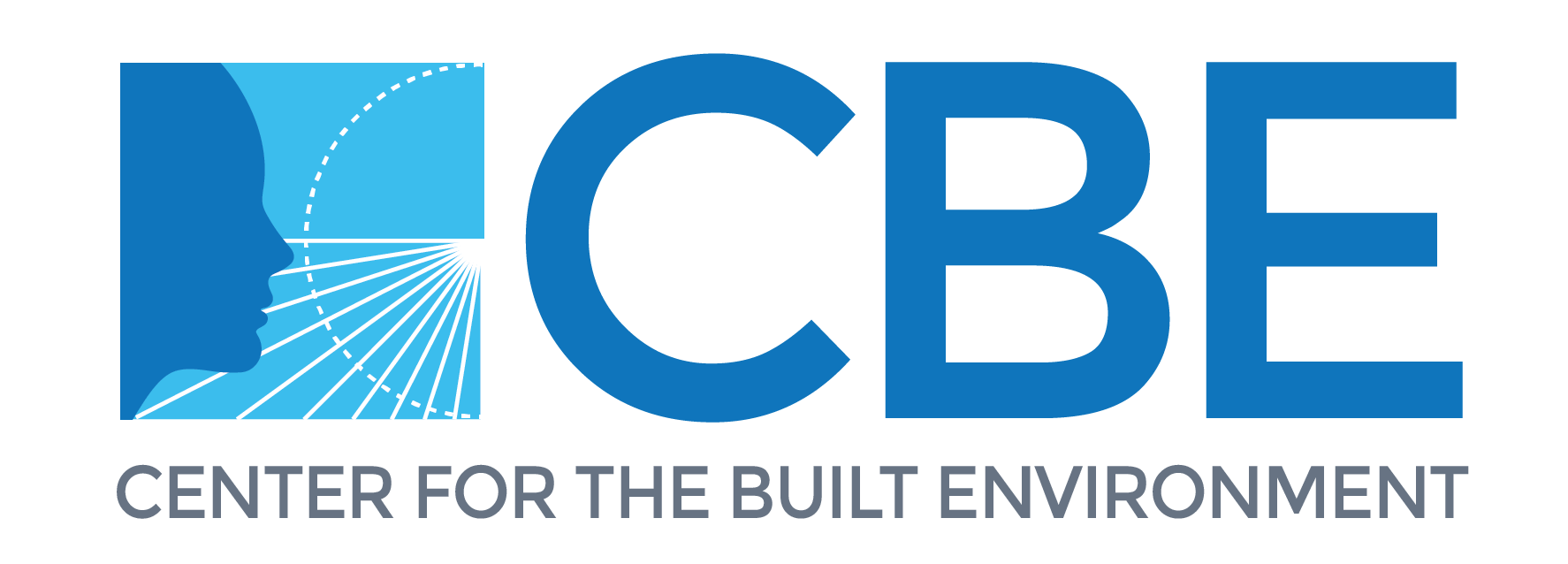Lab testing personal cooling prototypes specifically designed for the unique conditions faced by surgeons.
Status: Current
Project Objective
This work will develop and test new indoor environment control solutions to provide comfortable indoor environments for both surgical staff and patients in operating rooms (ORs) and to ensure surgeons’ performance and patient safety. This work will also provide guidelines for developing innovative environment control solutions with provisions for comfortable working zones for surgical staff and a safe environment for patients who generally need extra warmth. This project will lead to fundamental knowledge for establishing new microenvironment control solution to control the surgical incision surface temperature and humidity by using localized ventilation and wearable devices. The work will also establish a novel approach to evaluating the surgical incision microenvironment for reducing the risk of hypothermia of surgical patients.
Significance to Industry
Both surgical staff and surgical patients require strict indoor environment quality, which influence both surgeons’ performance and patients’ safety. However, recent studies show that surgical staff suffer high temperature working environments due to the fact that surgical patients need extra heating to avoid hypothermia. Because surgeons and patients inherently need very different thermal environments, personalized conditioning is a logical way to provide individual comfort based on surgeons’ and patients’ requirements.
Research Approach
This work is a unique collaboration between the Norwegian University of Science and Technology (NTNU) and UC Berkeley’s CBE. The team from NTNU has extensive experience conducting research on surgeons’ thermal comfort. The CBE contributors are recognized leaders on using efficient personal comfort systems. Based on the previous work by NTNU and the expertise from UC Berkeley, the team will design an integrated solution for the surgeons and the patients. To achieve the objectives of this project, three phases of work over a two-year period.
Mapping of personalized cooling and heating technologies and solutions
First we will collect information of current technologies of personalized cooling and heating technologies and solutions. This task will provide an overview of various indoor environmental control technologies to reduce the potential risk of hypothermia of patients and overheating of surgical staff.
Development of an integrated personalized indoor environment control solution for ORs
This task will develop an integrated personalized indoor environment control solution which provides desired indoor environment in ORs. We will use computational fluid dynamic (CFD) to build up a 3D model of the indoor environment control solution(s). CFD simulation will be performed to predict the airflow field and temperature distribution in the OR microenvironment, and to optimize the design. Then prototypes of integrated personalized control solutions will be built and tested its performance in the OR lab at NTNU. Additional testing of the solutions and existing ventilation systems will be examined as well in the labs at both UC Berkeley and at NTNU.
Field evaluation of the personalized indoor environment solution
This task will carry out field measurements to evaluate the performance of the personalized indoor environment solution in a pilot study at St. Olav’s Hospital, at the Trondheim University Hospital in Norway. This task will take into account various conditions, including different indoor thermal environment conditions, interaction between patients and ventilation solutions. Field measurements of room air velocity and room air temperature will be carried out to evaluate the performance the new solution in one OR with mixing ventilation at St. Olavs regarding protecting patients from hypothermia and preventing overheating of surgical staff.
Publications and Reports
Cao, G.Y. et al. 2022. Can clothing systems and human activities in operating rooms with mixing ventilation systems help achieve 10 CFU/m3 level during orthopaedic surgeries?. Journal of Hospital Infection 2021. Volume 120, February 2022. doi: 10.1016/j.jhin.2021.11.005
Presentations
Guangyu Cao, Personalized indoor environment solutions for alleviating surgeon heat stress in operating rooms. Presentation to CBE Industry Advisory Board, April 2025.

